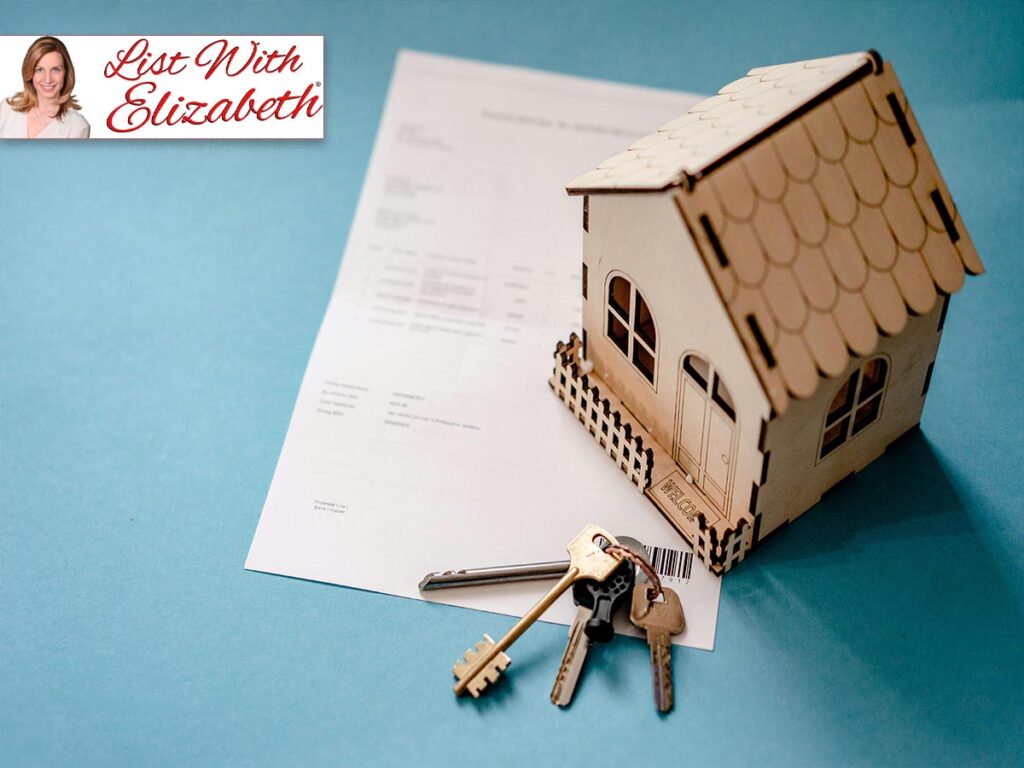Purchasing a home is among the largest financial commitments you will ever make, and pre-approving the mortgage is an excellent starting point. Not only does it help you get used to how much you can pay, but it also places you in the more serious buyer category in the current competitive market. Here, we are going to guide you through the process of mortgage pre-approval, explaining the why you need it and how to get pre-approved quickly and easily. What is Mortgage Pre-Approval?
Mortgage pre-approval is a formal assessment by a lender that informs you of how much you are eligible to borrow to purchase a home. It is a thoughtful review of your personal finances, income, credit history, debt, and the property. If you are pre-approved, you will be issued a pre-approval letter, which will notify sellers and agents that you are a qualified buyer.
Why Mortgage Pre-Approval Matters
Sets Your Budget: Pre-approval will inform you of what you can afford, and then you can go out and find homes in your budget.
Strengthens Your Offer: Sellers like to accept pre-approved offers because they know the money will be there.
Speeds Up the Process: Pre-approval quickens the process of obtaining a mortgage and facilitates closing on a home.
Catch Spot Problems Early: If you do have some sort of credit or financial problem, you can address those prior to bidding on a home.
The Mortgage Pre-Approval Process: Step by Step
1. Get Your Credit Score
Your credit rating is also among the biggest problems being weighed down on by the mortgage lenders. Use a credit rating of 620 and above for conforming mortgages but instead use 740+ (since it will help toward the fulfillment of lower rates).
Tip: Acquire a credit report and deal with any inconsistency found in order to contest a mistake before making an application.
2. Produce Required Documents
You will be required to present the lenders with evidence of income, assets, and debts so that facts may be established by them. Some of the facts the lenders require are:
Proof of Income: Two years’ previous tax returns or W-2s, pay stubs.
Proof of Assets: Retirement funds, bank accounts, portfolios.
Identification: Government identification through a passport, driver’s license.
Debt Information: Ledger of outstanding loans, credit card debt, and other obligation.
3. Select a Lender
Compare shop for a lender with favorable rates and terms. You can negotiate with:
Banks: Traditional institutions with a range of mortgage options.
Credit Unions: Owned by members with generally lower rates.
Mortgage Brokers: Experts who comparison shop for you to obtain the best.
Online Lenders: Quick and easy with quick approval.
4. Apply
Fill out the lender’s pre-approval application, either online or in person. Be prepared to provide detailed information about your finances, employment, and the type of loan you’re seeking.
5. Wait for the Lender’s Review
The lender will review your application, verify your documents, and run a credit check. This process typically takes 1 to 3 business days.
6. Receive Your Pre-Approval Letter
Once you’re pre-approved, you’ll receive a letter of pre-approval stating what you’ve been approved for, how much interest, and what the terms are. It usually has a life of 60 to 90 days.
Pre-approval Tricks: How to Get it Right
Boost Your Credit Score: Pay off debt, don’t get any new credit checked, and never, ever miss a payment deadline.
Save for Down Payment: Stacking up a solid down payment will increase the chances of approval and add better terms.
Avoid Financial Alterations: Avoid changes in jobs, purchases of costly goods, and application for new credit cards during pre-approval.
Shop Around: Shop around for price and terms to get the best deal.
Be Thorough and Accurate: Provide thorough and accurate information to avoid delay or rejection.
FAQs on Mortgage Pre-Approval
1. How rapid is pre-approval?
This will only take 1 to 3 working days, though it will depend on your ability and the lender.
2. Does pre-approval assure a mortgage?
Pre-approval will not be assured. Final approval will be granted subject to property value and additional finance checks.
3. How much will pre-approval cost?
A pre-approval is free of charge from most lenders, though some lenders have a small fee for the credit report.
4. Can poor credit be used to get pre-approval?
Yes, although you might be charged more interest or need to seek government-insured lending such as FHA or VA loans.
5. For how long is a pre-approval letter valid?
Pre-approval letters typically last for between 60 to 90 days. You will then need to reapply.
6. Can I be pre-approved by multiple lenders?
Yes, you may be pre-approved by a number of lenders for you to be able to compare terms and rates. Just make sure that all the credit checks are conducted in a very brief time period so as not to negatively affect your credit score.
Concluding Overview
Pre-approval of the mortgage is the majority, if not entirely, of home buying process. It tells you how much you can afford, makes your offer more thorough, and speeds home buying. Once your finances are in line, your papers ready, and having a trustworthy lender, you will be pre-approved and off in the homeownership process of your new dream house.
Remember that pre-approval is just the first step. Once you have your pre-approval letter in hand, you’ll be ready to make offers with confidence, negotiate the terms, and ultimately get your dream home. And with the right guidance from seasoned experts like Elizabeth Ann Kline, you can navigate the entire process easily.



Leave a Reply